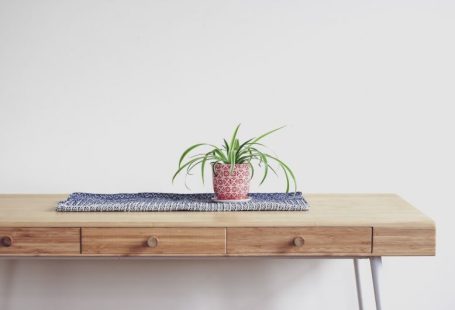Wood carving is a timeless craft that has been practiced for centuries, resulting in intricate and beautiful creations. However, once the carving is complete, many artists wonder whether it is necessary to treat the wood and how to go about doing so effectively. This article explores the importance of treating wood after carving and provides insights into different methods that can be used to ensure the longevity and preservation of the finished piece.
The Importance of Wood Treatment
Wood is a natural material that is susceptible to damage from various environmental factors such as moisture, sunlight, and insects. Untreated wood can easily warp, crack, or rot over time, diminishing the quality and appearance of the carving. By treating the wood after carving, artists can protect their creations from these potential threats and ensure that they stand the test of time.
Sealing the Wood
One of the most common methods of treating wood after carving is to seal it with a protective finish. There are various types of finishes available, including oils, waxes, and varnishes, each offering different levels of protection and aesthetic appeal. Sealing the wood helps to create a barrier that prevents moisture from penetrating the surface, reducing the risk of warping or cracking. Additionally, a finish can enhance the natural beauty of the wood, bringing out its grain and color for a more visually appealing result.
Choosing the Right Finish
When selecting a finish for a carved wood piece, it is essential to consider the type of wood used and the desired look and level of protection. Oils such as linseed or tung oil are popular choices for their ability to penetrate the wood and provide a natural, matte finish. They are easy to apply and can be reapplied as needed to maintain the wood’s appearance. Varnishes, on the other hand, offer a more durable and glossy finish that provides excellent protection against moisture and wear. However, varnishes can be more challenging to apply and may require more maintenance over time.
Waxes are another option for treating carved wood, offering a soft and lustrous finish that enhances the wood’s natural beauty. Waxes provide a moderate level of protection and are relatively easy to apply and maintain. They are a popular choice for pieces that do not require heavy-duty protection but still benefit from a polished appearance.
Application Techniques
Regardless of the type of finish chosen, proper application is crucial to ensuring an even and effective treatment. Before applying any finish, it is essential to sand the wood surface to remove any rough spots or imperfections. This will help the finish adhere better and result in a smoother final appearance.
When applying the finish, use a clean brush or cloth to ensure even coverage. Work in the direction of the wood grain and apply thin, even coats to prevent drips or streaks. Allow each coat to dry completely before applying additional layers, following the manufacturer’s instructions for drying times and reapplication.
Maintenance and Care
After treating the wood, proper maintenance is essential to preserve the finish and protect the carving over time. Regular cleaning with a soft, damp cloth can help remove dust and grime that can build up on the surface. Avoid using harsh chemicals or abrasives that can damage the finish and always use coasters or felt pads to protect the wood from scratches and moisture.
In Conclusion
Treating wood after carving is a critical step in preserving the beauty and integrity of a finished piece. By selecting the right finish and applying it correctly, artists can protect their creations from damage and ensure that they last for years to come. Whether using oils, varnishes, or waxes, the key is to choose a treatment that complements the wood and provides the desired level of protection and aesthetic appeal. With proper care and maintenance, a carved wood piece can become a cherished heirloom that will be enjoyed for generations.





